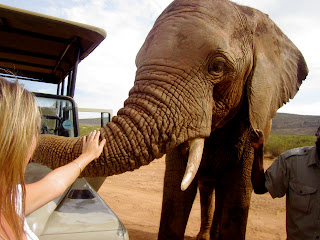Image of Human, Pilot Whale, and Elephant brain size comparison.
The hippocampus is a brain area associated with emotion. Elephants possess a much larger hippocampus by proportion that is linked to their closeness between herd members. Their caring capacity has been noted in many observational and control settings. Elephants are only separated by death and capture and have distinct rituals when mourning the loss of a family member. Elephants are one of the only species that buries their dead by digging a hole and moving the body into the pit. Researchers have noticed in some instances when a matriarch mother dies young calves make sounds that mimic crying.
Elephants large capacity for intellect and emotion leads to a philosophical debate on whether it is ok to hunt them. With many conservation efforts and protection agencies, elephant poaching has been decreasing over the past years but it is still up to us to ensure the survival of such an important species.
Sources:
http://en.wikipedia.org/wiki/Elephant_cognition


















